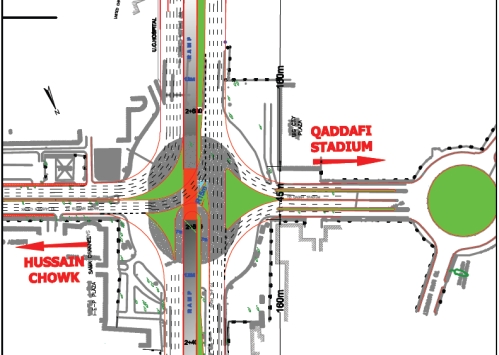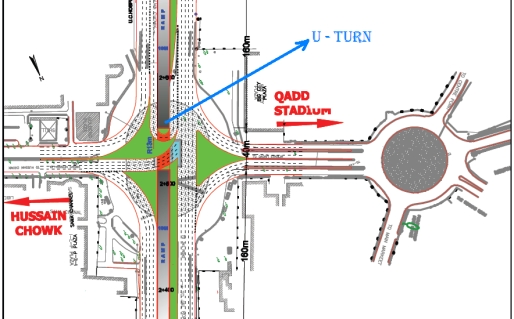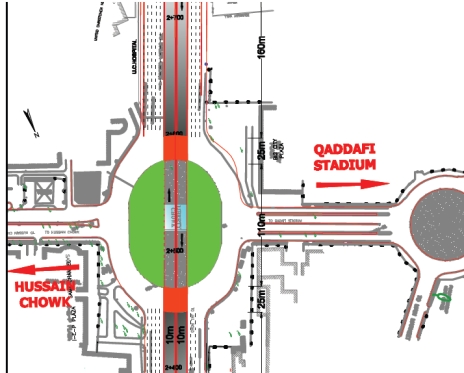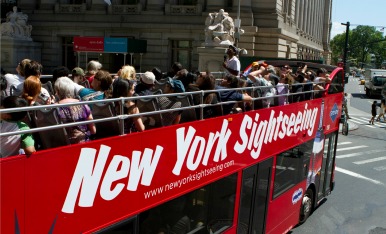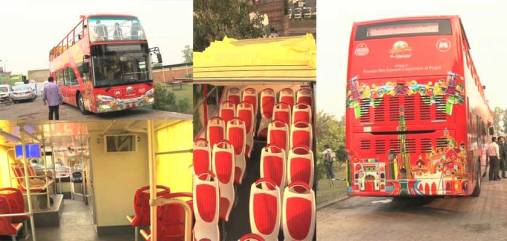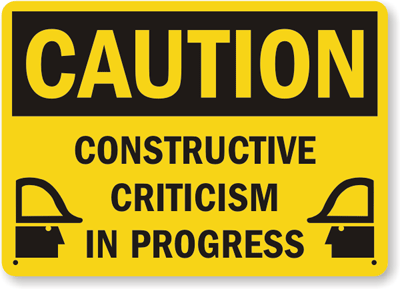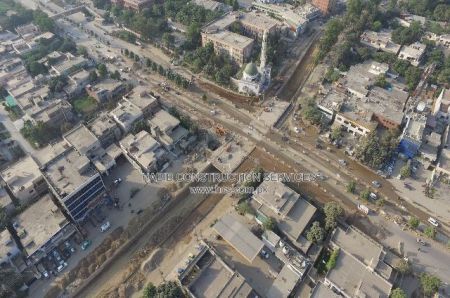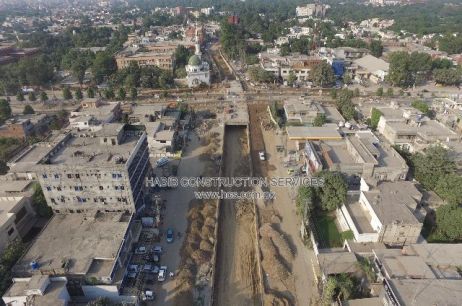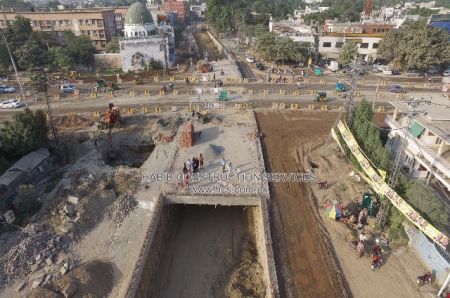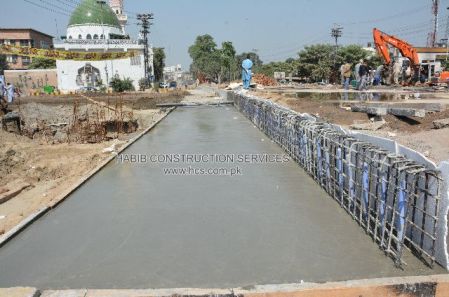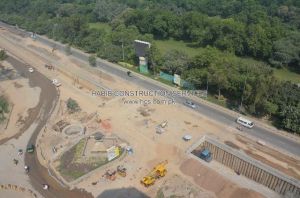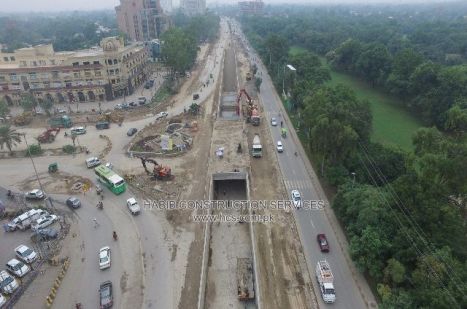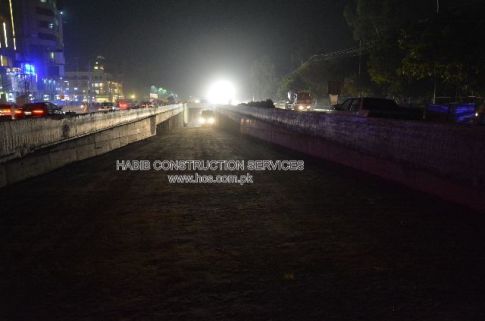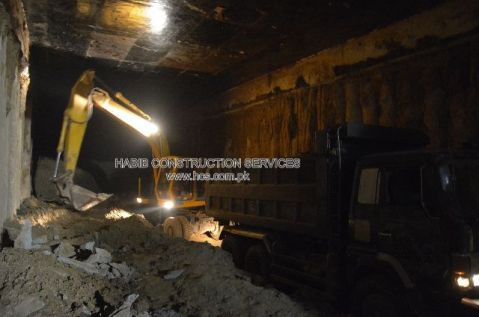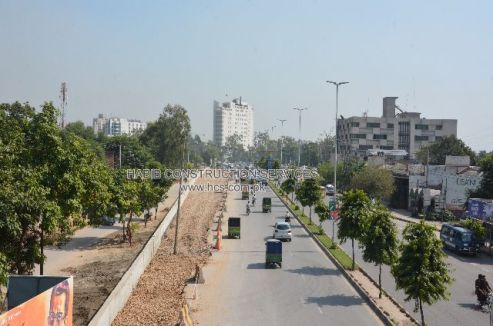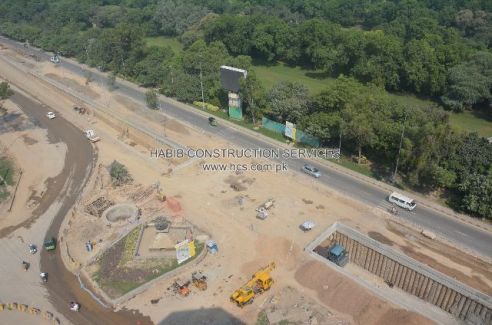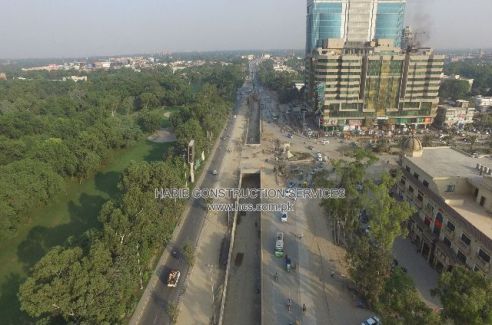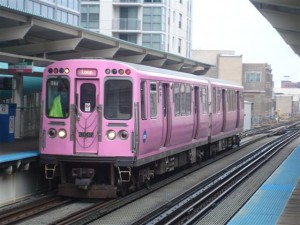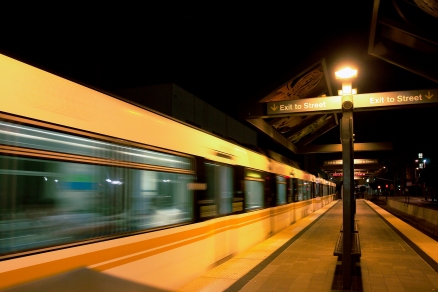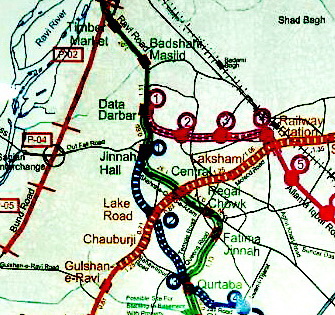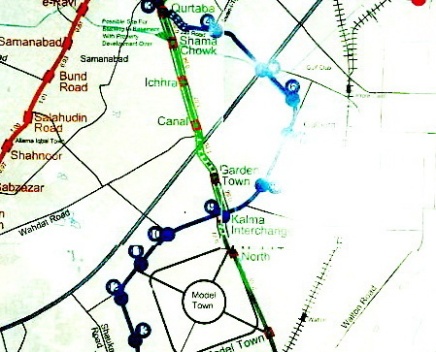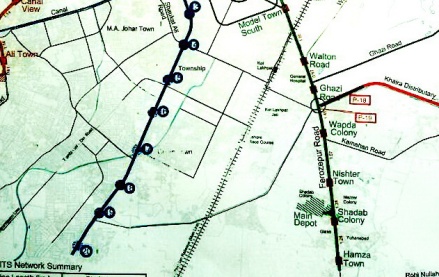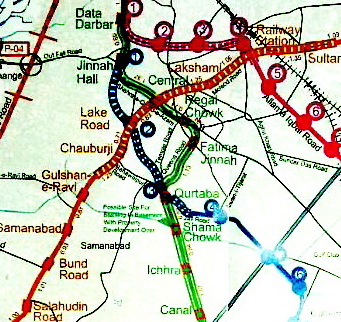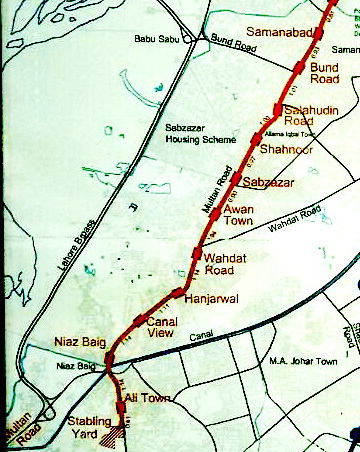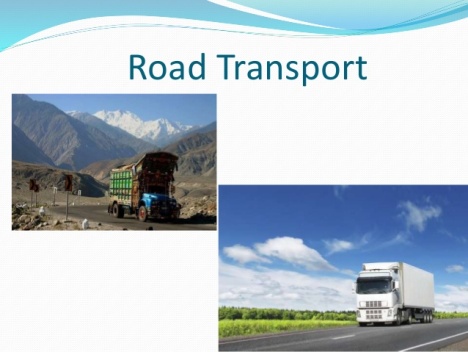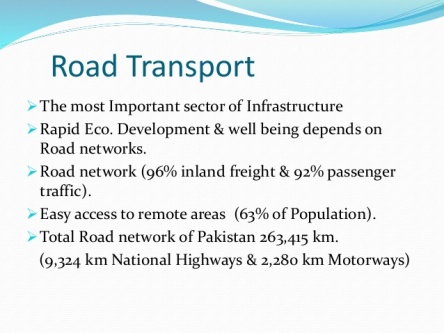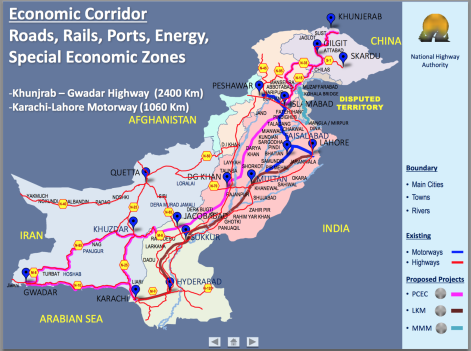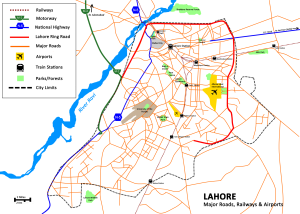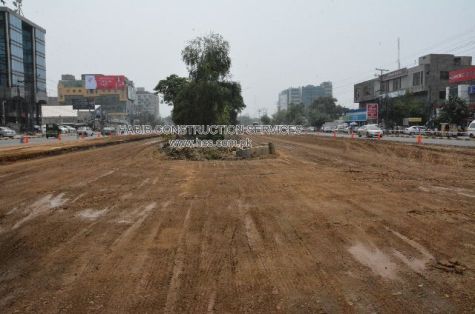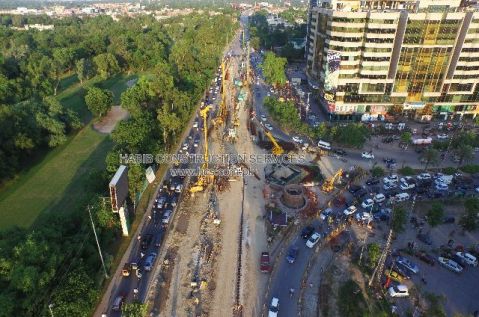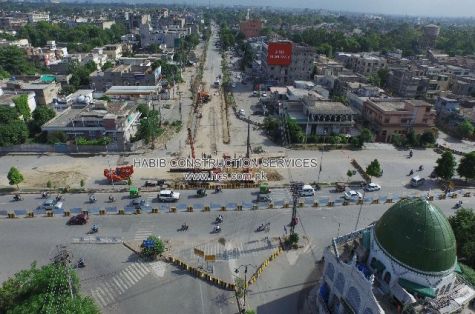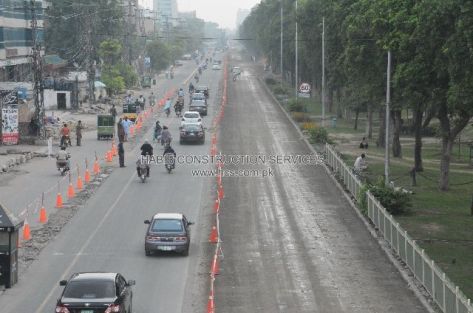Lahore
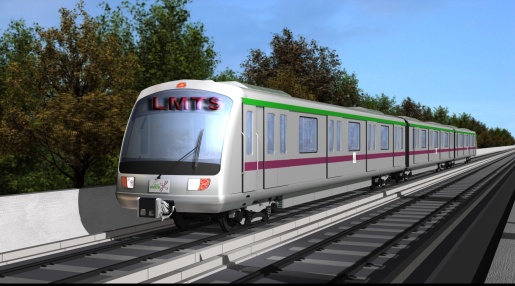
The project is part of the metro network in the city and when completed, it will connect Raiwind, Multan Road, Mcleod Road, Lahore Junction Railway Station and the Grand Trunk Road. It will be the first line of the Lahore Metro, which is country’s first mass rapid transit train system. It would also be financed and developed by the Chinese government.
The corridor would be capable of accommodating two trains running both up and down the track, ferrying up to 30,000 passengers per hour.
The project will run on a 27.1 kilometre track, of which 25.4 kilometres will be elevated. The service will initially benefit around 250,000 passengers a day and this capacity will be increased to 500,000 passengers daily by 2025.
Tokyo
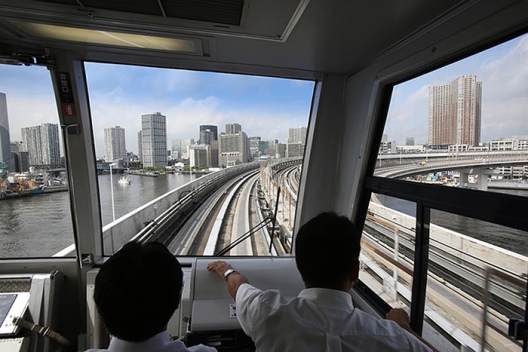
The numbers of commuters moved around in the Japanese capital by train dwarfs those of other cities. But despite the famed scenes of white-gloved officials employed to pack more passengers into the subway’s sardine cans, to the point where exhausted commuters can sleep standing up, trains run frequently and efficiently, and few journeys need be like this, says the Guardian’s Tokyo correspondent Justin McCurry. Most travellers are amazingly considerate: with poster campaigns to remind passengers of their manners, women-only carriages at peak times, and rail staff formally apologising for any aberrations on punctuality. And the trains go far and fast: there are over 800 stations in the wider metropolitan area, and an estimated 40m journeys daily on its interconnected subway systems and suburban rail lines.
Moscow
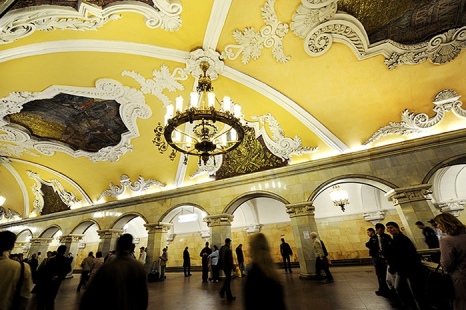
The wonderful 200-mile transit system of the Russian capital, developed under Stalin from 1935, may look like a museum piece, complete with old Soviet music playing late at night and unsmiling officials barking instructions. But it also works: a cheap and reliable service with frequent trains that 7 million Muscovites crowd on to day and night. Its unique appeal is the astonishing artwork and architecture: Soviet-era murals, statues of heroic workers, even chandeliers in some stations – and very few adverts even now, making it an almost uniquely relaxing mental space.
Hong Kong
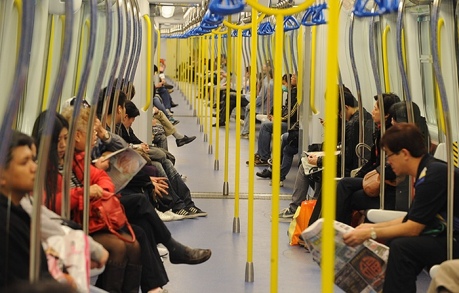
Just about everyone recognizes this as one of the best: the Mass Transit System has a punctuality record, cleanliness and efficiency that rivals can only dream of, and its operations are regarded as the gold standard by many in the transport industry. Around 99.9% of the metro trains run on time. But then Hong Kong can afford to invest: it’s one of the most profitable urban train services worldwide, and one of a select few where passenger fares actually outstrip running costs.
Shanghai
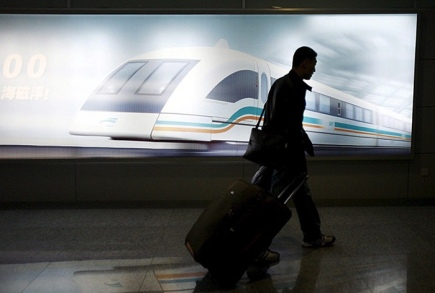
You could happily include several other Chinese cities in the top 10 – certainly Beijing and Guangzhou. No one has built metros on the speed and scale that is being achieved in China, where new systems are being thrown up at a phenomenal rate, says David Briginshaw, editor-in-chief of the International Railway Journal. But he picks Shanghai, where a 14-line metro system has been put together in two decades and is used by 7 million passengers daily. Plus it boasts the Maglev link from airport to city centre; capable of speeds upwards of 250mph and bringing a tear to the eye of enthusiasts who have seen the technology largely eschewed elsewhere.
Berlin
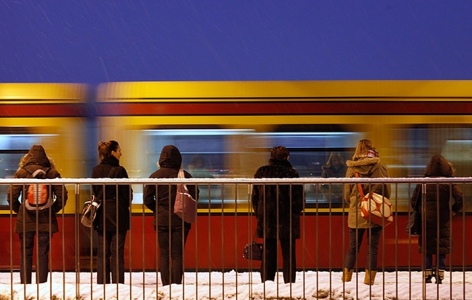
Berliners may grumble about some parts of the extensive U-Bahn and S-Bahn services that cross the city, but on the whole they are very reliable and frequent. The cold war and physical division of Berlin saw some lines divided and irregular growth of the train systems over the decades – the U-Bahn becoming more developed in the west while an excellent tram service took the strain in the east – but the reopening of stations and investment since has left the city well served for the most part. The U1 line, which cuts through Kreuzberg, is shabby but has most character – enough to inspire a popular German musical, Linie 1.
Paris
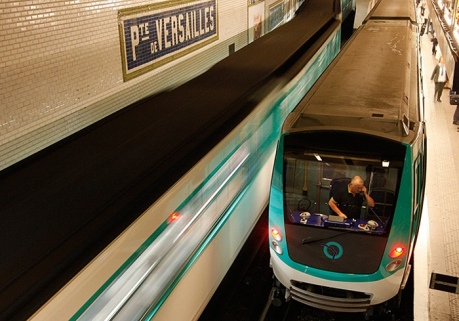
The late-19th-century labourers who hacked deep under the earth in London might pooh-pooh the efforts of their continental cousins who largely ran lines in shallow tunnels under Paris’s grand avenues. But that also means many quickly accessible lines with entrances all over the city and a great concentration of metropolitan stops (more than 300) – nowhere in the centre are you more than 500m from a station, many with lovely floral, art nouveau entrances. And ooh la la, the RER! – the jumbo underground trains whizz many more from the suburbs or across town, although some of the alleged interchanges can prove a punishing journey for the unwary.
Seoul

On some measurements, the South Korean capital’s subway system could be considered a chart-topper – 19 lines stretching 600 miles across the wider urban area, with 10 million passengers a day. As you’d expect in this hi-tech city, Seoul’s subway was also a pioneer of smart tickets and other mod cons on trains, and is a relatively simple system to use. Turns 40 this year.
New York
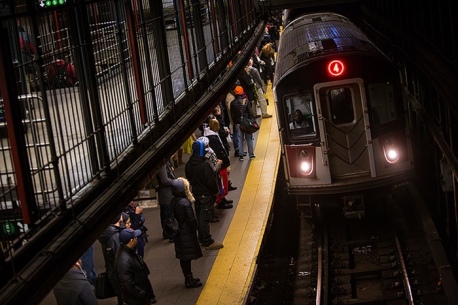
A sprawling, clattering monster of a subway system that can be as infuriating as it is delightful. The flat fare is $2.50 (£1.50), but visitors may be astonished by the lack of basic information – while its famed 24-7 working is only on some lines on a mysterious schedule. But the subway transports 5.6 million riders every day around its unusual system of parallel express and local lines, with commuters hopping between trains heading in the same direction. Some lines in the outer boroughs still run on distinctive elevated sections, and four lines run precariously over the rickety Manhattan bridge, surviving while hurricane Sandy gave other parts of the network a battering. Stations can be cramped, filthy, and unbearably hot in summer, but the trains are generally bright, clean and air-conditioned.
Singapore
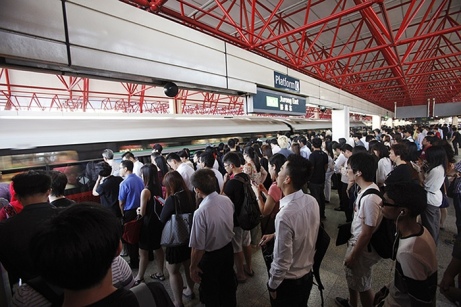
Despite the uproar recently caused by a British banker who compared Singapore’s public transport unfavourably to his Porsche, most expats and locals apparently agree that the Mass Rapid Transport system is one of the cleanest and most efficient around. Just 27 years old and still expanding – the latest downtown line has only been operating since December 2013 – its 100-plus stations already span the city-state, with extensions and new lines planned. Part underground, part-elevated, innovative information displays and heavy-duty escalators help get the 2.6 million daily riders to the platforms and air-conditioned trains.
London

The trains and platforms of the world’s original underground rail system may look a little cramped compared to the gleaming mass transit systems of the far east but, even at 151 years old, its complex network has impressive scope. If parts are creaking, recent upgrades – and the forthcoming addition of Crossrail and enhanced Thameslink services to do more of the heavy lifting – keeps London firmly in the top rank. Great history, mouldbreaking design in maps and signs, and to top it all, claims London Underground boss Mike Brown, no other metro would envisage nice comfy padded seats: “The British bottom is very sensitive.”

